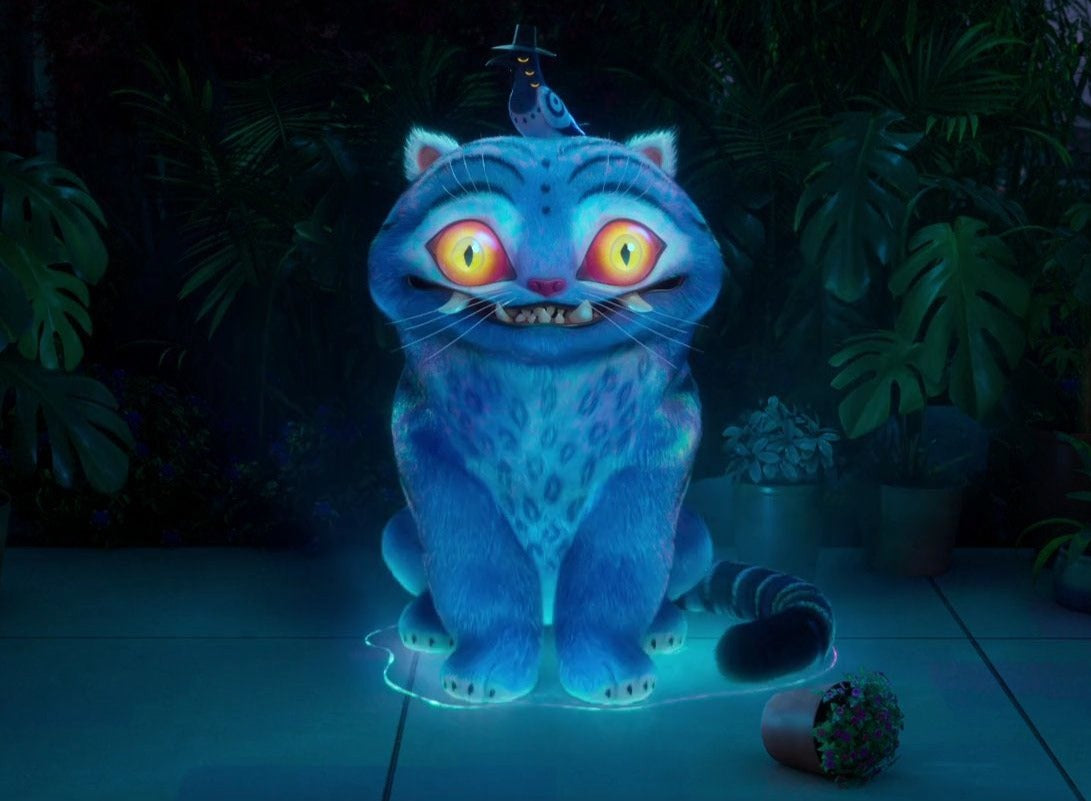Power, Satire, and the People’s Voice
At KORELIMITED, we don't just reflect Korean heritage—we reimagine it through today’s lens.
One of the most iconic examples of this is Jakhodo (작호도), a folk painting where a goofy tiger and a clever magpie share the frame in a scene full of wit and hidden meaning.
Every season, we tell new stories. But somehow, we always find ourselves returning to the same place—our roots. Jakhodo is one of those roots. Familiar, layered, and always relevant.
What Is Jakhodo?
Jakhodo, or “Magpie and Tiger Painting,” became popular in late Joseon Korea.
Unlike the intimidating image of tigers in traditional myths, the tiger here is drawn with crossed eyes, clumsy expressions, and awkward posture—a light-hearted caricature of power.
The magpie, meanwhile, is sharp-eyed and confident, often looking down at the tiger or teasing it—representing the voice of the people or truth.
These paintings weren’t just decoration—they were a form of visual satire, laughing at authority from the perspective of everyday people.
The tiger and magpie aren’t mascots. They’re part of a cultural memory—a playful but pointed reminder that even art meant for the home can speak loudly about the world.

A Modern Reinterpretation of Jakhodo
The animated film Kpop Demon Hunters features a tiger and magpie duo clearly inspired by this traditional pairing.
The film playfully and cleverly reinterprets Korean visual heritage, making the spirit of Jakhodo accessible to a global audience in a fresh way.
Tradition doesn’t die. It just changes shape.

KORELIMITED’s Take on Tradition
At KORE, we view tradition not as something frozen in time, but as a living culture—one that can evolve and speak to today.
From graphics to patches, our work carries stories—not just patterns.
We believe the past holds power, especially when reimagined with intention and integrity.

Keepin’ Our Roots Eternal
Jakhodo shows us that long before social media or protest art,
people were already using humor and symbolism to speak truth to power.
At KORELIMITED, we carry that tradition— not by preserving it in glass, but by wearing it proudly.


Leave a comment